Social media has well and truly changed the way businesses market themselves. Whether you’re a scroller in your personal life or not, businesses just can’t ignore the lives people lead online.
We’re now able to reach people in an unprecedented way; we can literally market products and services into the palm of someone’s hand. But with great power comes great responsibility. We’re here to help you find that strategic balance between the necessary sales spiel and the relatable brand everyone loves.
Caveat: some businesses will live their whole lives off social media (honestly, pretty jealous) and they’ll plod along quite nicely. But we bet you can’t name one…
Let’s Start With Goals
Why on earth are you doing this? This social media business isn’t for everyone, so make sure you have clear goals jotted down somewhere.
Are you trying to:
- increase sales?
- Build brand authority?
- Curate a community?
- Be more recognisable in X industry?
Your goals should be completely business specific and can be quite literally anything you like! But you have to nail down the why in order to inform the how.
Move onto audience
You’ve got your goals outlined, now it’s time to think about who you’re trying to reach. And ‘everyone’ isn’t an acceptable answer here. When you sit down to write those social updates, having someone specific in mind to ‘speak’ to, makes it so much easier!
But you shouldn’t feel limited here, most businesses have multiple target audiences, encompassing different ages, genders and backgrounds. This is where audience segmentation becomes your best friend.
SOCIAL MEDIA CIRCLE OF LIFE
Where Are They Hanging Out?
You might think you know where different demographics can be found. It’s a sliding age scale isn’t it? That starts at Snapchat, graduates to TikTok, then Instagram, a quick detour in Twitter (okay, X) before crawling over to Facebook as we slowly shuffle off the mortal coil. It’s the circle of life. But the nitty gritty of social media demographics might surprise you!
Click below to expand
LinkedIn has a pretty even gender split with the majority of its users being 25 – 34 years old (approx 58.4%).
Pinterest’s largest group is women aged 25-34 (29.1%), which is no huge shock, but the fastest growing Pinterest demographic is Gen Z, rising by 40% in the last year. Does that surprise you? TikTok who?
Looking at the social overlap of users provides powerful insight into where your dream audience is in their down time.
The fact that almost 50% of LinkedIn users also use Pinterest, is a very useful statistic when it comes to where you might expand that ad reach.
In a nutshell – draft up some audience personas and do a little research on where they’re spending their time online.
Pick Your Platforms
This is where that research you just did really comes into play! You can’t be in all places at once, so unless you have the time, resources and need, to be on every single social platform then just pick a lane and stay in it. Ask yourself, really truly dig deep into your marketing soul and ask yourself if you really need to be on Snapchat. Does anyone? That’s a question for another time…
TIP!
Play to your strengths and pay close attention to your audiences, and only spend your time and effort where they are. The days of burning out scheduling 9 different platforms are over; we’re in a new age of targeting and it’s glorious.
Map Out Your Content Calendar
Now, there are varying levels of calendar organisation. You’ll probably find that you’re one of 3 type of people (content personas, if you will):
Click below to expand
Boards love you! You make sure every day of your calendar is marked with national holidays, company events, public events, news stories, trending subjects, blog posts, case studies, the kitchen sink. You thrive in an organised haven of spreadsheets, you don’t even need a checklist, it’s all mapped out already.
You structure your content calendar around your business strategy & goals. Whether you’re sharing new content, or gems from your archive, it’s all purposefully posted. You make sure to mix it up with videos, pictures and copy – but for you, it’s all about the brand. You couldn’t even tell your CEO when National Bagel Day was (today, it was today).
The riskiest of all the strategies – the having-no-strategy-at-all approach. 0/10, would not recommend.
Planning your posts and content themes in advance is a game changer for any overwhelmed marketer. A carefully considered content calendar keeps your efforts consistent, while still leaving you room for inspiration when it strikes!
The social media planner of your dreams
Planning your posts and content themes in advance is a game changer for any overwhelmed marketer. A carefully considered content calendar keeps your efforts consistent, while still leaving you room for inspiration when it strikes.
Just in case such a content calendar is missing from your life, we’re offering this simple PDF to get you started!
It’s Just Analytics, Standing In Front Of A Marketer, Asking Them To Look At It
Make sure you check each platform’s analytics regularly to keep track of what content resonates, and what misses the mark. It’s a hard balance to get right, because your fun content is always going to do better than your ‘bread and butter’ posts, but there will be subtle ways you can tweak them to boost engagement.
We’re firm believers that even the most dry content can be made engaging with the right attitude – just look at @francis_bourgeois43! We’re not saying you have to stick a GoPro on your forehead, but personality is key. Now, more than ever, embracing the human element of social media is vital.
Go Forth & Strategise!
Your social media strategy doesn’t have to be complicated (unless you want it to be!), but make sure you include the basics:
- Events and PR schedule
- Calendar dates which are relevant to your business
- Content calendar/scheduling system
- Access to your sales cycle
- A folder of pre-approved images and content to use that is unique to your company
- Brand guidelines, expectations, goals, reporting measurements and an up-to-date social media policy
- Brand guidelines, expectations, goals, reporting measurements and an up-to-date social media policy
- Approved KPIs and a foolproof way to report them






